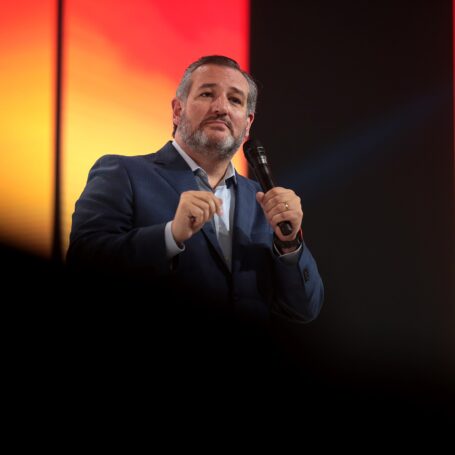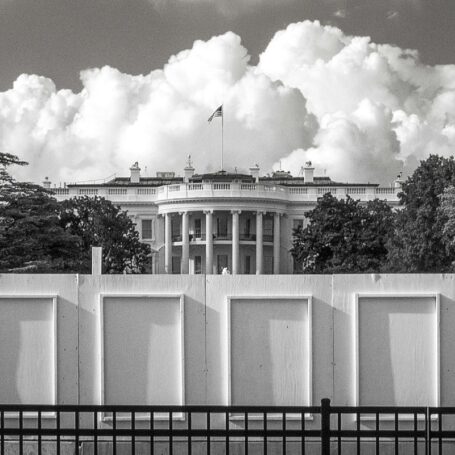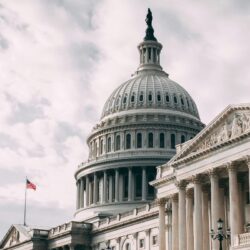White House Budget Would Reduce NSF, Kill Minerva
Although the budgets released by the administration of U.S President Donald Trump have been seen more as gestures than serious spending plans, they still document the thinking in the White House. And once again, the thinking seems to be that too much federal money is spent on basic research.
This is evident in the proposed 2021 budget for the National Science Foundation released on February 10, where spending for research grants declines by 5.6 percent from the actual amount spent this fiscal year. In dollar terms, that’s a decline of $365 million for a total of $6.2 billion.
Diving deeper into the effect on social and behavioral researchers, the budget would reduce the allocation for the Social, Behavioral & Economic Sciences Directorate from this year’s actual budget of $271.17 million to $246.84 million; that $24.33 million haircut represents a 9.0 cut.
However, during the Trump administration Congress – even when it had a Republican majority – has always voted to increase the National Science Foundation budget. And those budgets have ultimately been signed by Trump.
“As always,” notes the Consortium of Social Science Associations (COSSA) in its analysis of the budget proposal, “when considering an Administration’s budget proposal, it is important to remember that it remains a political, largely symbolic document outlining the Administration’s priorities for the year ahead. It is important to take note of the policy priorities contained within the budget as they could shape some legislative and/or executive actions later in the year; however, Congress has the final say over the appropriation of funds and, in the case of the FY 2021 budget request, legislators are not likely to share the President’s funding priorities.”
While neither the House of Representatives nor the Senate have produced their budgets for the coming fiscal year, indications are that not cuts are being mooted. While COSSA counsels tempered expectations – “flat funding for research in FY 2021 should be considered a significant win” — outside groups still call for an increase. The umbrella group Coalition for National Science Funding has publicly requested “at least a $9 billion appropriation for NSF.” This year’s total NSF budget (of which the research funding cited above is by far the largest piece) was just shy of $8.3 billion, and the total sought by the White House is $7.7 billion.
“With at least $9 billion,” the coalition argues, “NSF would also be able to support an additional 50,000 researchers, students, and teachers in FY21–a significant infusion of economic development, creativity, and innovation through people,” the coalition wrote in a March 6 open letter to the House and Senate science committees.”
One area the president’s budget does not stint is defense, but even there cuts to basic research can be found. The most salient example is the outright elimination of the Minerva Research Initiative.

As it describes itself, “The Minerva Research Initiative aims to improve [the U.S. Department of Defense’s] basic understanding of the social, cultural, behavioral, and political forces that shape regions of the world of strategic importance to the U.S. …The Minerva Initiative brings together universities, research institutions, and individual scholars and supports interdisciplinary and cross-institutional projects addressing specific topic areas determined by the Secretary of Defense.”
Helpful as always, COSSA identified its three main parts: “[A] university-based social science basic research grant program, funded in partnership with Air Force and Navy University Research Initiatives; the Defense Education and Civilian University Research Partnership program for professional military education institutions; and a collaboration with the United States Institute of Peace to award research support to advanced graduate students and early career scholars working on security and peace.”
A fact sheet from the National Academic of Science on social and behavioral science contributions to national defense noted that, “Between 2009 and 2017 the program funded over 100 competitively awarded grants. Minerva research has been published in top journals and tends to have strong citation records. The research has also resulted in books and produced policy-relevant statistical models, databases, and mapping tools, reflecting the value placed by the program on innovative outputs. “
The research includes work such as “Motivation, Ideology, and the Social Process in Radicalization and Deradicalization,” “Africa’s Youth Bulge and National Security,” “Deterrence with Proxies,” and “Complex Emergencies and Political Stability in Asia.”
While Minerva’s total budget was relatively small – roughly $15 million this year – it was a symbolically significant marker that the U.S. military saw the value of social and behavioral research.
As part of a package of cuts – amount to about $5 billion overall – in the Defense budget, the Pentagon told its Basic Research Office to end new funding for Minerva (with some existing research projects terminated early). The majority of the money spent on Minerva comes not from a congressional allocation but from separate contributions from the Navy, Air Force, and Basic Research Office. Congress could save Minerva, but would have to write in specific legislation ordering the Pentagon to maintain funding to do so. In fact, some $2 million of current Minerva project funding – on “peer/near-peer competition” and “foreign malign influence” projects – was paid for directly by congressional allocation, so the precedent exists.



























































































